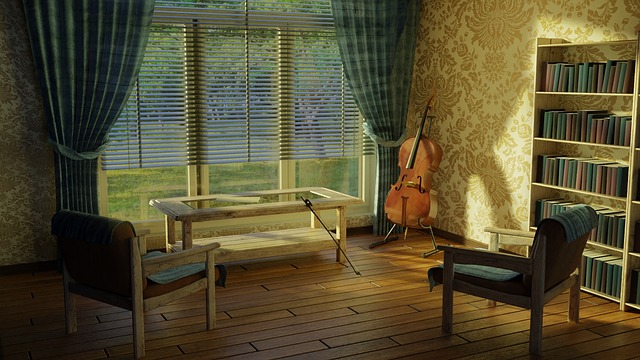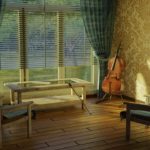
If you are the creative homeowner type, this might not sit well with you. This is because homes are not only made for comfort, they are also an avenue of self-expression. Through interior design, you can show your creativity through the furniture pieces that you buy or customize, through the home accents that you place, and even the overall household fixings you decide to place.
For additional inspiration, JMD Furniture features 5 pieces that show how furniture can still be considered an art.
These 5 Pieces Show That Furniture Can Be Art
1. Recycled Furniture Art
Recycled furniture art can be just as beautiful as its other counterparts. In fact, there is much creativity when you look into recycled furniture because it forces the designer to make use of scrap materials efficiently. An example seen in these post are scrap metals used to make a sleek-looking loveseat or a compressed paper that’s put together to make a sturdy table. One great advantage of these kinds of furniture is that they’re eco-friendly, sustainable and are definitely one-of-a-kind. JMD Furniture suggests talking to established designers or contacting a furniture customization company that makes use of recycled materials.
2. Art Deco Design
This style was popularized in Paris back in the 1920s. It is simply defined by picking beautiful pieces of home decors, paintings, statues and other structures, combining them together with the purpose of making it contemporary in style. Most of the styles that comprise the Art Deco are combinations of classical pieces integrated together to form a cohesive, creative theme. Art deco is often seen in luxury hotels, restaurants, or modern art museums. A lot of furniture pieces are actually inspired by the Art Deco style which is stylish and modern in its own unique way. A rustic chair can be paired with a classical painting to blend in a modernistic way.
3. Function and Form Furniture
A lot of modern designers try to incorporate art with naturalistic elements. In this example, a wooden table is made out to form a shape similar to tree roots. This function and form style of furniture is definitely a way to express oneself–if you’re an environment enthusiasts or just someone who appreciates native-looking materials, function and form types of furniture may be ideal for you. This piece made of molded plywood was awarded by Time Magazine as one of the best designs in the 20th century. The form should always be considered, as well as style, but functionality shouldn’t be lost in the process of making the aesthetics look appealing.
4. Raw materials, modern design
Another great example of function follows forms are the pieces made by sculptor and designer Lee Jay Ho. Lee Jay Ho, along with his wife started to make modern-shaped furniture out of natural looking wood pieces. What’s interesting is that the wood isn’t cut to make blocks and pieces to follow the form of the desired furniture. The original shape of logs was somewhat restored upon the completion of the furniture pieces. The result is something very unique, raw, yet elegant-looking, something that can be placed in something that can range from a modern home or even a simple cabin in the countryside. It cannot be stressed out that a part of doing making furniture as art is retaining original patterns of nature and forming it into something unique yet functional at the same time.
5. Mid-Century Modern Furniture
The mid-century design is definitely making a comeback. It is not just about placing mid-century pieces and making it all in one theme, it is about blending the pieces together along with your former furniture in an artistic way. An example of this is seen in the Grand Rapids Art Museum, where furniture pieces examples were considered a part of the gallery. At the museum, there are different mid-century chairs, sofas, and desk that look like they were a few decades old but looked very sleek and classy because of the way they were placed in a contemporary-inspired space. Similar to Art Deco, mid-century modern furniture is all about integration.
JMD Furniture suggests making use of pieces which are not only functional but also an expression of your style and personality. In this way, you create value around the elements of your home. This will prevent you from the repeated replacement of furniture that you feel doesn’t belong anymore. Artistic elements will never go out of style.

